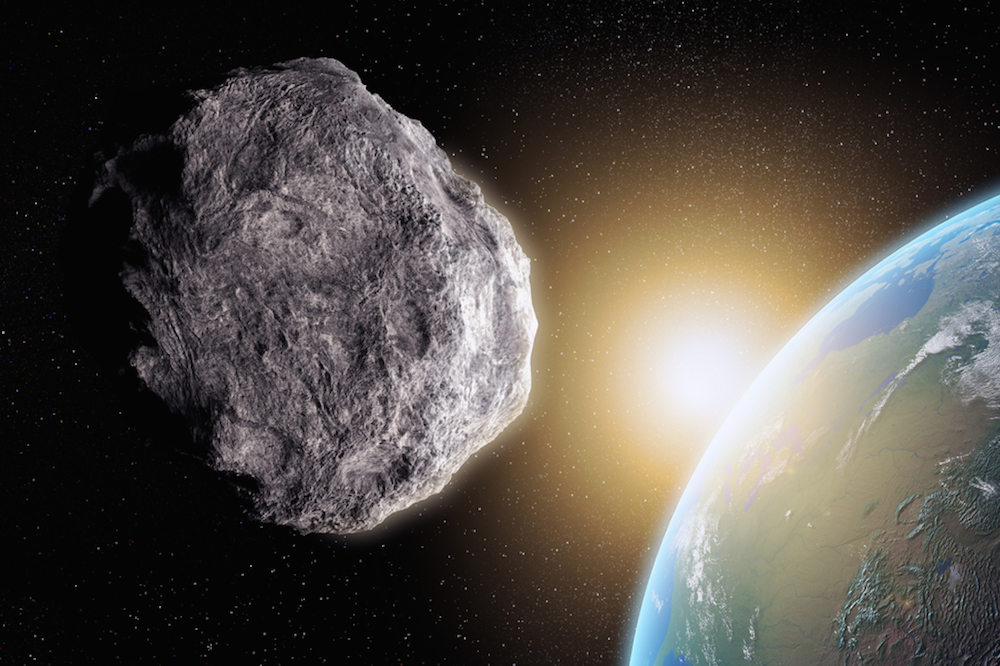It’s Been 7,500 Years Since an Asteroid of This Size Came So Dangerously Close to Earth.
Others are reading now
2029 promises to be a historic year! Apophis, an asteroid with a diameter of 370 meters, will pass closest to Earth, a first since humans have been able to observe such astonishing celestial bodies. NASA is determined to study it closely.
Apophis’ Dangerous Approach to Earth
First discovered in June 2004, Apophis is a type S asteroid, primarily composed of silicates and metals. These asteroids, among the most common and light-colored, are mainly found in the inner asteroid belt, between the orbits of Mars and Jupiter.
Its discovery quickly raised concerns about a potential impact with Earth in 2029 and 2036. The asteroid, measuring nearly 370 meters in diameter, weighing 27 million tons, and named after an Egyptian god often depicted as a giant serpent aiming to destroy divine creation, is indeed a source of cold sweats… Fortunately, it’s unlikely to follow such a path.
Scientists demonstrated as early as December 2004 that the risk of collision was ruled out. Its pass in March 2021 at 17 million kilometers from our planet further removed this possibility. Numerous measurements by NASA’s Goldstone Deep Space Communications Complex in California have collected enough data to exclude any possibility of impact for at least the next 100 years.
Also read
However, on April 13, 2029, Apophis will be closest to Earth, flying just over 30,000 kilometers above the surface. While this distance may still seem far – and fortunately so – it’s comparable to that of some satellites. Even more impressive, according to scientists, asteroids the size of Apophis come this close to Earth only once every 7,500 years!
NASA Ready to Closely Study Apophis with OSIRIS-APEX
In anticipation of Apophis’ upcoming and historic approach, NASA has sent OSIRIS-APEX (formerly OSIRIS-REx) to observe it more closely. As a reminder, this spacecraft made headlines in 2023 for successfully retrieving and sending a sample from asteroid Bennu back to Earth. Following this success, and after considering various destinations like Venus, NASA chose Apophis and renamed the spacecraft OSIRIS-APEX (Origins, Spectral Interpretation, Resource Identification, Security – Apophis Explorer). Its arrival is expected in April 2029.
OSIRIS-APEX will dive within 16 feet of Apophis’ surface to study it and see how its surface changes while interacting with Earth’s gravity. Its proximity to Earth is expected to alter the asteroid’s day duration, currently estimated at 30.6 hours. Additionally, it may experience earthquakes on its surface, raising material and revealing what lies beneath.
Apophis offers a unique opportunity to deepen our understanding of the formation of solar systems and planets by mapping its surface and studying its composition. This will also advance research on planetary defense, a top priority for NASA, especially since most known and potentially dangerous asteroids are also type S, located 4.6 million kilometers from Earth.
From April 2, 2029, two weeks before it gets closest to Earth, OSIRIS-APEX’s cameras will be able to capture images of the asteroid. It can also be observed with ground-based telescopes!



